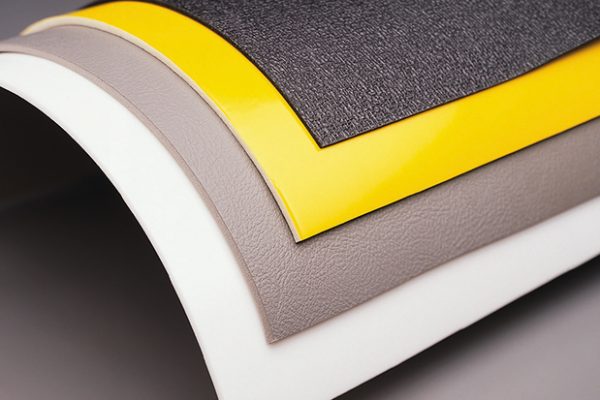Seven Differences Between Open-Cell and Closed Cell Foam
SEKISUI Voltek offers a variety of closed-cell foam solutions for clients in numerous markets. We have more than 55 years of experience delivering effective closed-cell foam products designed through innovation to meet our customers’ specific needs, but you may be wondering how closed-cell foam differs from the open-cell alternative. In today’s post, we will discuss 7 primary differences between open-cell foam and closed-cell foam.
- Cell Structure
Open-Cell Foam has cells that are interconnected with open spaces between them, giving it a softer feel and more flexibility; whereas, Closed-Cell Foam features cells that are closed within their own walls, resulting in a more uniform cellular structure.
- Air Flow
Open-Cell Foam has a porous structure that allows the passage of air, so it is not an effective air and vapor barrier like Closed-Cell Foam which blocks air flow and has a very low vapor permeability. (For Thermobreak it’s around 0.0034 US perms and Volara is similar.)
- Moisture Absorption
Due to its porous structure, Open-Cell Foam is less suitable for wet environments than Closed-Cell Foam, which is ideal for applications that are moisture-sensitive, including gasket applications.
- Density
Open-Cell Foam is typically lighter and more compressible with a density of about 0.5 to 1 pound per cubic foot, in comparison to the heavier Closed-Cell Foam with a density around 2 to 18 pounds per cubic foot, although there are open-cell urethanes that can have higher densities.
- Insulation Properties
Open-Cell Foam has a structure that allows gas and vapors to freely flow through it, making it an inferior choice of insulation compared to Closed-Cell Foam.
- Flexibility
The lower density and open structure of Open-Cell Foam makes it easy to shape, while Closed-Cell Foam offers more structural strength.
- Soundproofing
Open-Cell Foam can absorb sound waves, making it a better choice for acoustic insulation than Closed-Cell Foam, which is better at reflecting sound, like an echo.
For more information about how SEKISUI Voltek can provide you with effective Closed-Cell Foam solutions for your business, please contact us.







